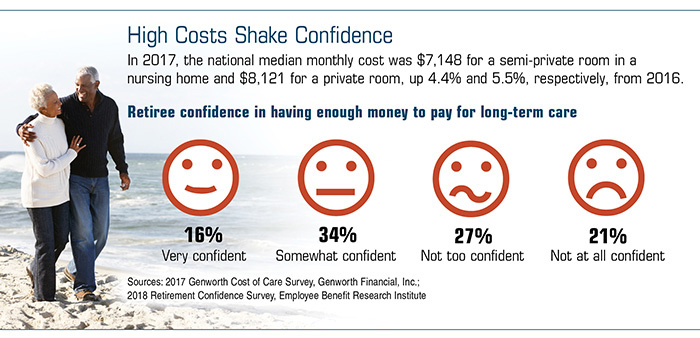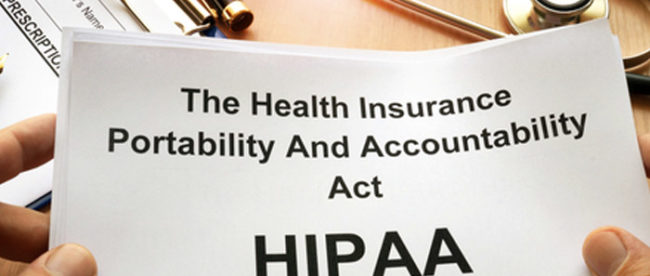Pacific Prime Fundamentals Explained
Pacific Prime Fundamentals Explained
Blog Article
8 Easy Facts About Pacific Prime Explained
Table of ContentsSee This Report about Pacific PrimeExcitement About Pacific PrimeThe Basic Principles Of Pacific Prime Not known Factual Statements About Pacific Prime Pacific Prime for Dummies

This is due to the fact that the data were gathered for a period of solid economic performance. Of the approximated 42 million individuals who were without insurance, almost regarding 420,000 (concerning 1 percent) were under 65 years old, the age at which most Americans end up being eligible for Medicare; 32 million were grownups between ages 18 and 65, around 19 percent of all grownups in this age; and 10 million were children under 18 years old, concerning 13.9 percent of all kids (Mills, 2000).
These price quotes of the variety of persons without insurance are created from the yearly March Supplement to the Existing Populace Study (CPS), carried out by the Demographics Bureau. Unless or else kept in mind, national estimates of people without medical insurance and percentages of the populace with various sort of insurance coverage are based upon the CPS, the most extensively used source of price quotes of insurance policy protection and uninsurance rates.
A Biased View of Pacific Prime

Still, the CPS is specifically helpful because it creates annual quotes fairly promptly, reporting the previous year's insurance policy protection approximates each September, and because it is the basis for a consistent set of price quotes for even more than two decades, enabling analysis of patterns in protection in time. For these factors, in addition to the extensive use the CPS in various other research studies of insurance policy protection that are presented in this report, we rely on CPS estimates, with restrictions noted.

The price quote of the number of without insurance individuals increases when a population's insurance condition is tracked for numerous years. Over a three-year duration starting early in 1993, 72 million people, 29 percent of the U.S. https://dzone.com/users/5122954/pacificpr1me.html. population, lacked protection for a minimum of one month. Within a solitary year (1994 ), 53 million individuals experienced a minimum of a month without coverage (Bennefield, 1998a)
Six out of every 10 without insurance grownups i was reading this are themselves used. Although functioning does enhance the likelihood that one and one's relative will certainly have insurance coverage, it is not a warranty. Even members of families with two full-time wage income earners have practically a one-in-ten chance of being uninsured (9.1 percent without insurance price) (Hoffman and Pohl, 2000).
The Buzz on Pacific Prime
New immigrants account for a significant percentage of individuals without wellness insurance policy. One analysis has connected a substantial part of the recent development in the dimension of the U.S. uninsured population to immigrants who got here in the country in between 1994 and 1998 (Camarota and Edwards, 2000). Recent immigrants (those who concerned the USA within the past 4 years) do have a high rate of being uninsured (46 percent), but they and their children represent simply 6 percent of those without insurance country wide (Holahan et al., 2001).
The partnership in between health insurance coverage and accessibility to care is well established, as documented later in this phase. The connection between health insurance coverage and health and wellness outcomes is neither direct neither basic, a considerable medical and health solutions study literature links health insurance policy protection to enhanced access to care, much better high quality, and enhanced individual and population health and wellness standing.
Levels of analysis for taking a look at the impacts of uninsurance. It concentrates especially on those without any kind of wellness insurance coverage for any type of length of time.
Some Ideas on Pacific Prime You Should Know
The problems dealt with by the underinsured are in some respects comparable to those encountered by the without insurance, although they are usually less severe. expat insurance. Uninsurance and underinsurance, however, entail noticeably various policy issues, and the techniques for addressing them might differ. Throughout this study and the 5 records to adhere to, the main focus is on persons without any medical insurance and hence no assistance in spending for healthcare beyond what is readily available via charity and safeguard organizations
Medical insurance is an effective variable affecting invoice of treatment because both individuals and physicians react to the out-of-pocket price of solutions - https://href.li/?https://www.pacificprime.com/. Medical insurance, nevertheless, is neither required nor sufficient to access to clinical solutions. The independent and straight impact of health and wellness insurance policy protection on access to health and wellness services is well established.
Others will obtain the wellness care they require even without health and wellness insurance, by paying for it expense or seeking it from carriers who provide treatment cost-free or at extremely subsidized rates. For still others, wellness insurance coverage alone does not make sure invoice of treatment due to other nonfinancial obstacles, such as an absence of wellness treatment suppliers in their area, minimal access to transportation, illiteracy, or linguistic and social differences.
See This Report on Pacific Prime
Formal research study regarding without insurance populaces in the USA dates to the late 1920s and very early 1930s when the Board on the Cost of Treatment produced a series of records about financing medical professional office sees and hospitalizations. This issue came to be salient as the numbers of clinically indigent climbed throughout the Great Clinical depression.
Report this page